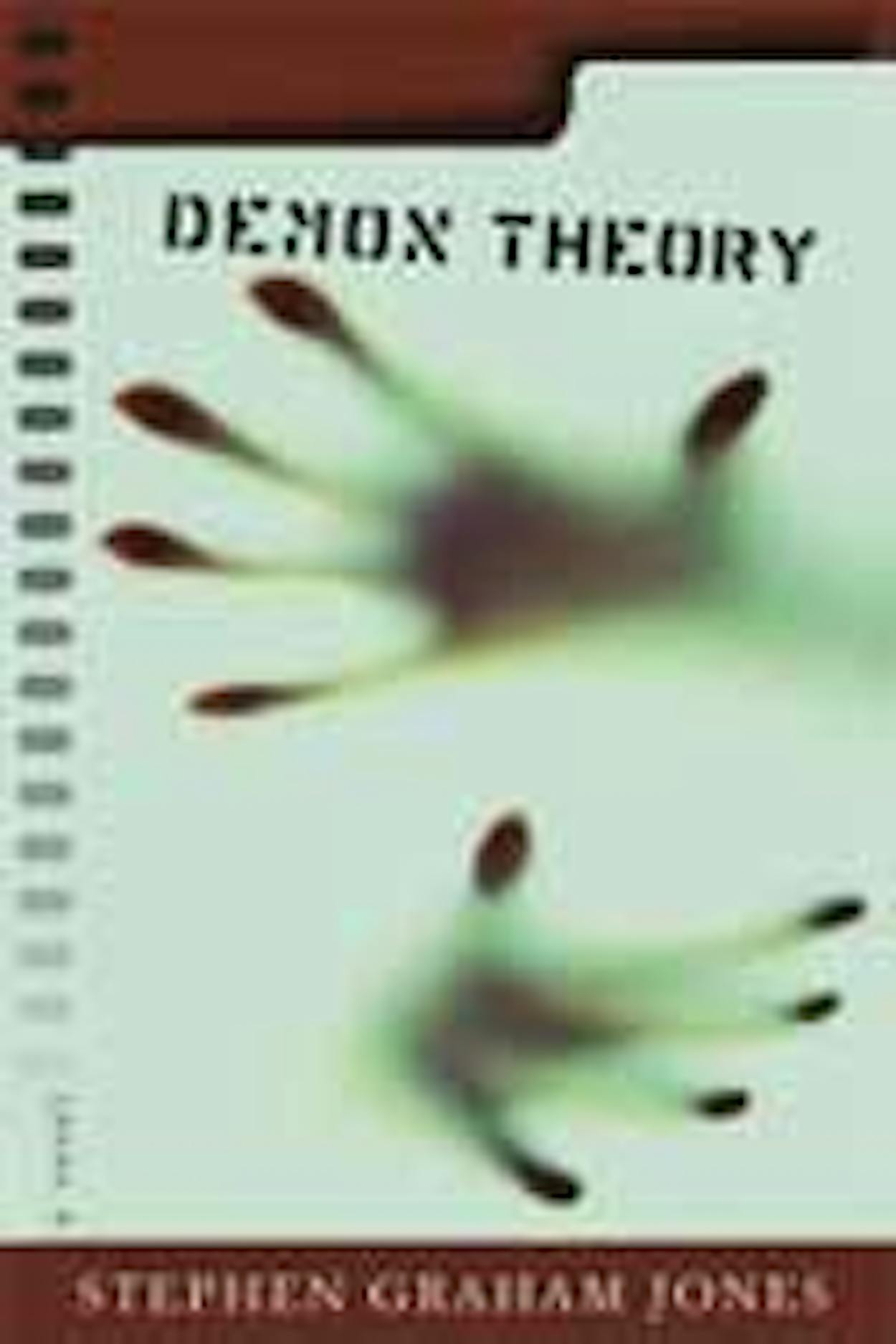DEMON THEORY, we’re told at the outset, is STEPHEN GRAHAM JONES’s “three-part novelization” of a fictitious film trilogy, adapted from a best-seller “inspired by the case notes of Dr. Neider,” as originally published in the journal P/Q, as . . . well, you get the idea. The conceit is fairly audacious, but Jones, an unapologetic pop-culture savant, seizes the opportunity to recast thriller clichés into a madly entertaining landmark of literary horror. The text is chockablock with cheeky high- and lowbrow references (such as a car radio with a handwritten “11” on the volume knob, à la Spinal Tap). Best of all, Jones’s wryly expansive footnotes comment with mock-academic vigor on the story’s gore-filled antecedents, caroming from Creepozoids to The Dating Game to Black Sabbath (known, we’re told, as Polka Tulk in the late sixties). Demon Theory is subversive and indispensable—there is genius at work here.
Book Review
Demon Theory







